
Sen. Bernie Sanders (I-VT) released a criminal justice reform plan on Sunday that includes proposals to legalize marijuana, expunge past cannabis convictions and provide for safe injection sites to combat the opioid overdose crisis.
The 2020 Democratic presidential candidate emphasized racially disparate arrest rates for marijuana and said that such disparities “pervade every aspect of the criminal justice system.”
“When Bernie is president, we will finally make the deep and structural investments to rebuild the communities that mass incarceration continues to decimate,” his campaign website states.
A key component of the senator’s comprehensive proposal is changing federal drug laws and treating addiction as a mental health issue.
According to an outline of the plan, if elected president, Sanders will legalize marijuana while ensuring that revenue from cannabis sales are reinvested in communities “hit hardest by the War on Drugs.”
Sanders discussed aspects of his criminal justice reform vision at a campaign event in South Carolina where he addressed the cash bail system and drug criminalization. A tweet with video from the event points out that people continue to linger in prison due to high bail costs, including for simple marijuana possession arrests, while adults in legal states are able to “get marijuana delivered to your home.”
His plan also notes that people suffering from addiction would benefit from his presidency because he will provide them “with the health care they need by guaranteeing health care—including inpatient and outpatient substance abuse and mental health services with no copayments or deductibles” through a Medicare-for-all system.
Additionally, Sanders described two policies specifically aimed at mitigating the opioid crisis: 1) legalizing safe injection sites where people can use drugs like heroin under the supervision of medical professionals and receive guidance on curbing addiction, and 2) decriminalizing possession of buprenorphine, an opioid often used as an offramp in the treatment of heroin addiction.
First responders would also be encouraged to carry naloxone, an opioid overdose reversal drug, under his plan.
Here are three other drug reform proposals he included in the plan:
—Raise the threshold for when drug charges are federalized, as federal charges carry longer sentences.
—Work with states to fund and pursue innovative overdose prevention initiatives.
—Institute a full review of the current sentencing guidelines and end the sentencing disparity between crack and cocaine.
“Today we are releasing a criminal justice plan that will reform every aspect of America’s racist, dysfunctional criminal justice system,” Sanders said in a campaign email blast that prompts recipients to sign a petition in support of the plan. “That includes ending mass incarceration, changing the way we police our communities, providing resources for victims of crime, ending cycles of violence, and more.”
Other than the drug-specific proposals, Sanders’s plan also calls for policing reform, dismantling the for-profit prison complex, broadening expungement opportunities and enhancing mental health services.
Presidential candidates have placed a strong emphasis on drug reform as part of their criminal justice agendas this cycle. Sen. Cory Booker (D-NJ) and South Bend, Indiana Mayor Pete Buttigieg (D) both unveiled similarly targeted plans in recent months, for example.
But while drug reform is a main feature of Sanders’s plan to halve the federal prison population, he didn’t explicitly recommend decriminalizing drug possession as a means to that end like Buttigieg did in his criminal justice reform plan. Rather, the senator focused on sentencing reform and changing other punitive federal laws that have contributed to mass incarceration.
The plan also differs from Booker’s in its approach to executive action. Sanders said he would create “an independent clemency board removed from the Department of Justice and placed in White House” in order to reform the pardon and commutation process, while Booker said specifically he would immediately move to grant mass clemency to people convicted of drug offenses if elected.


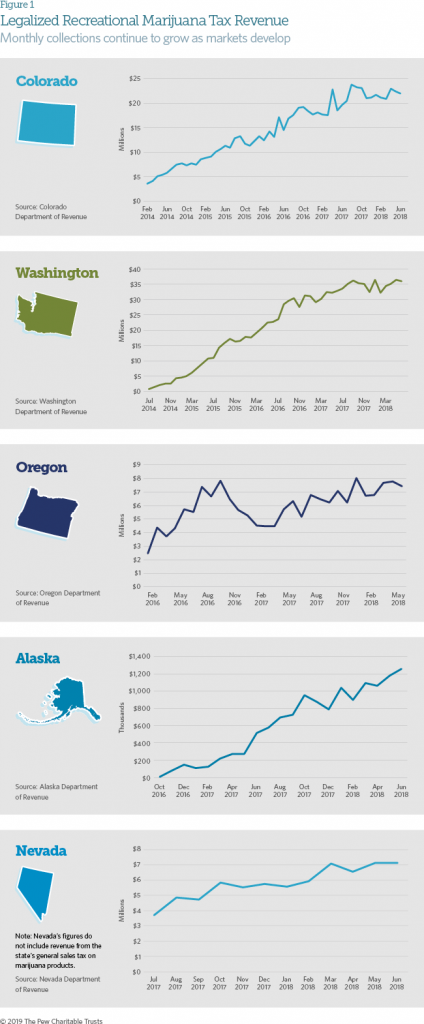
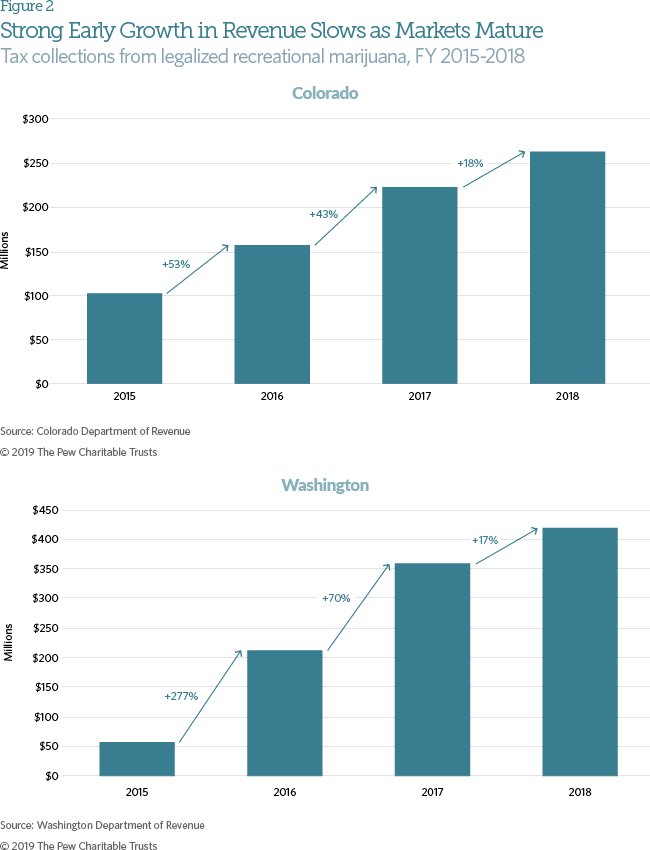
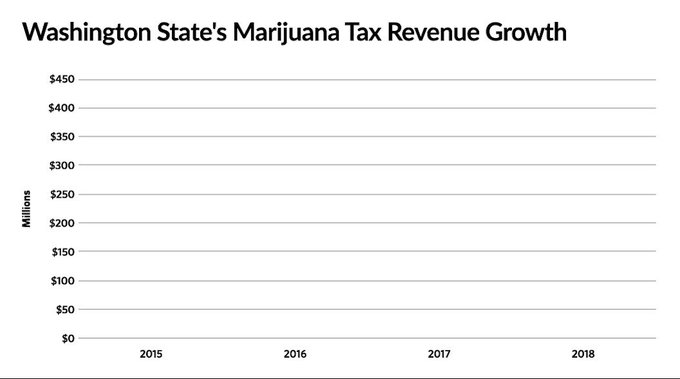
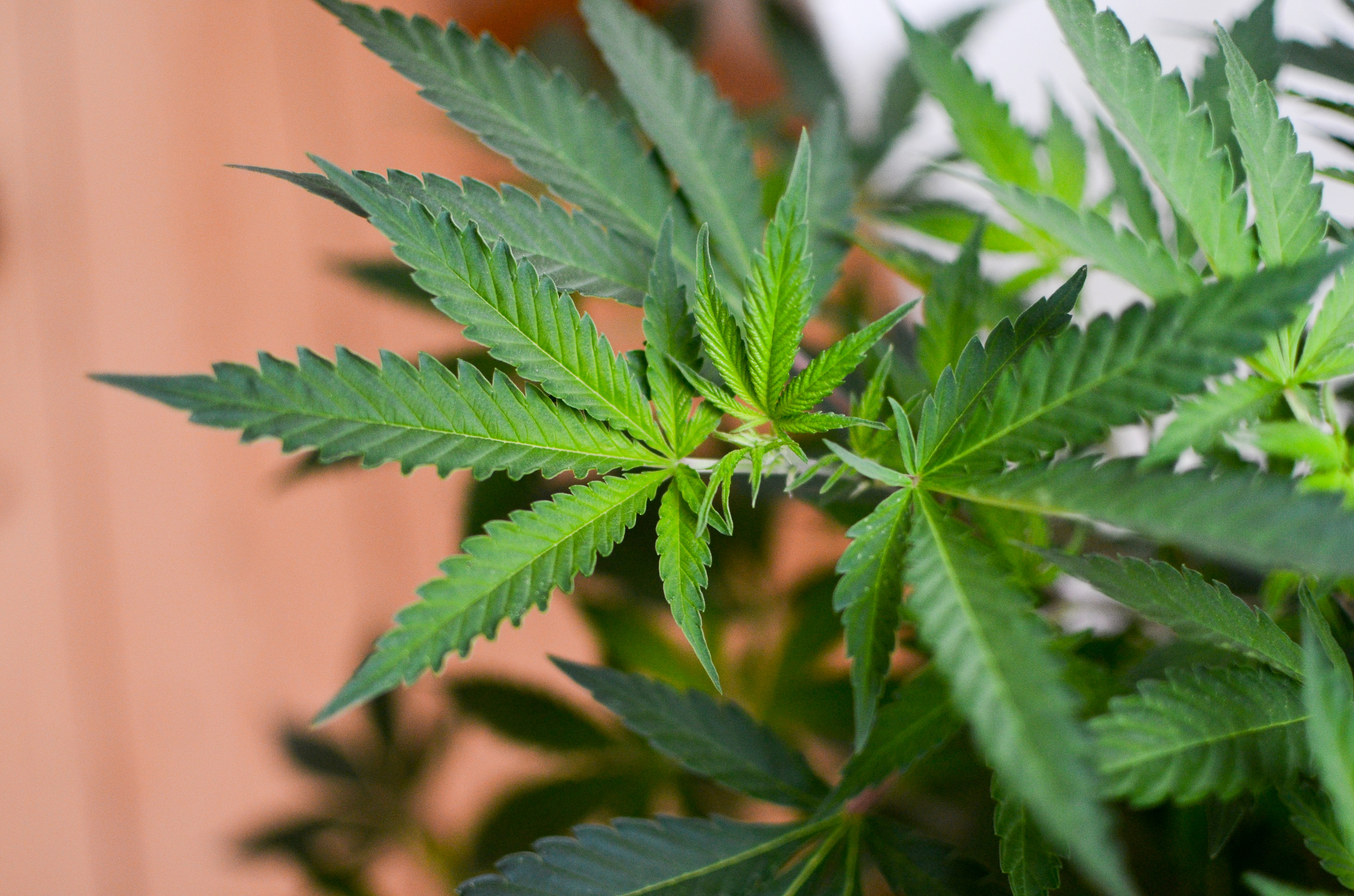
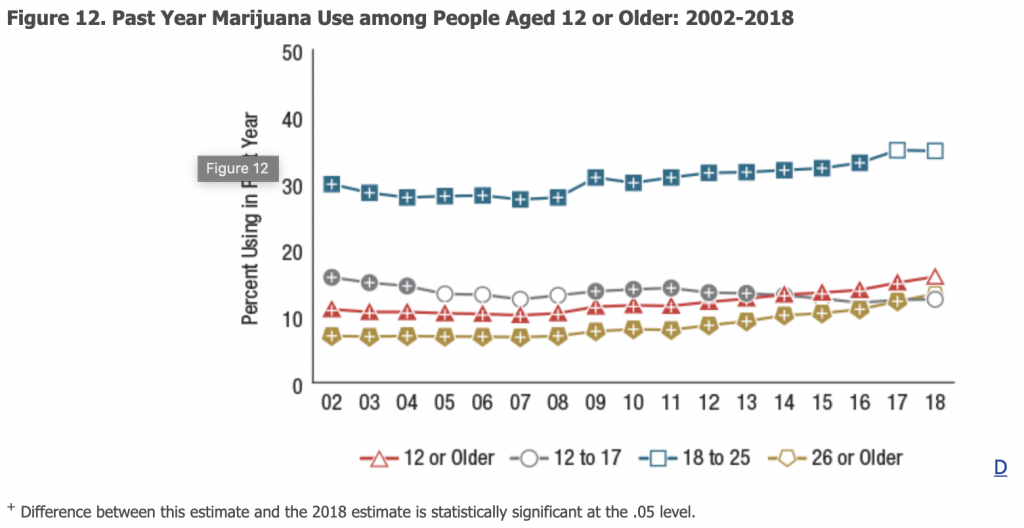
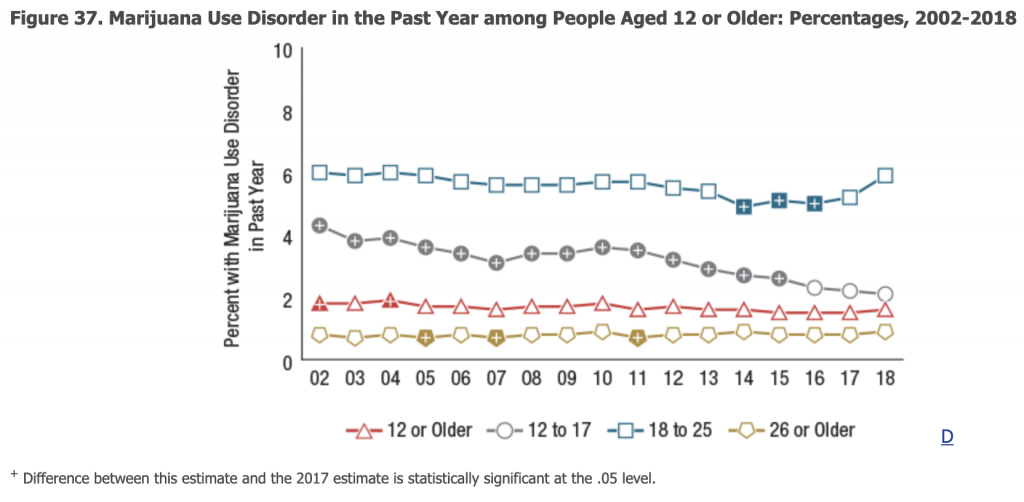
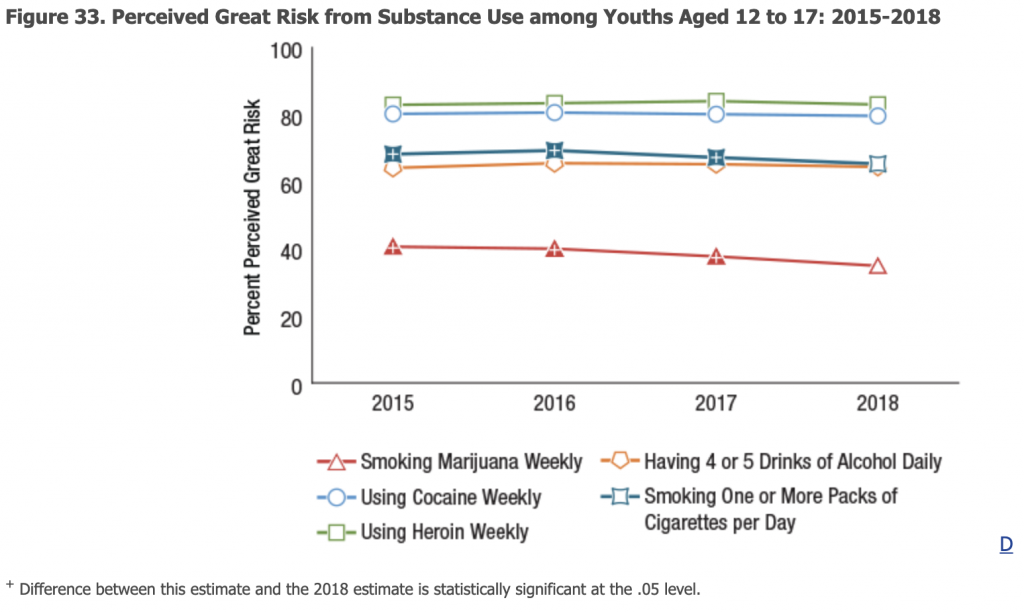


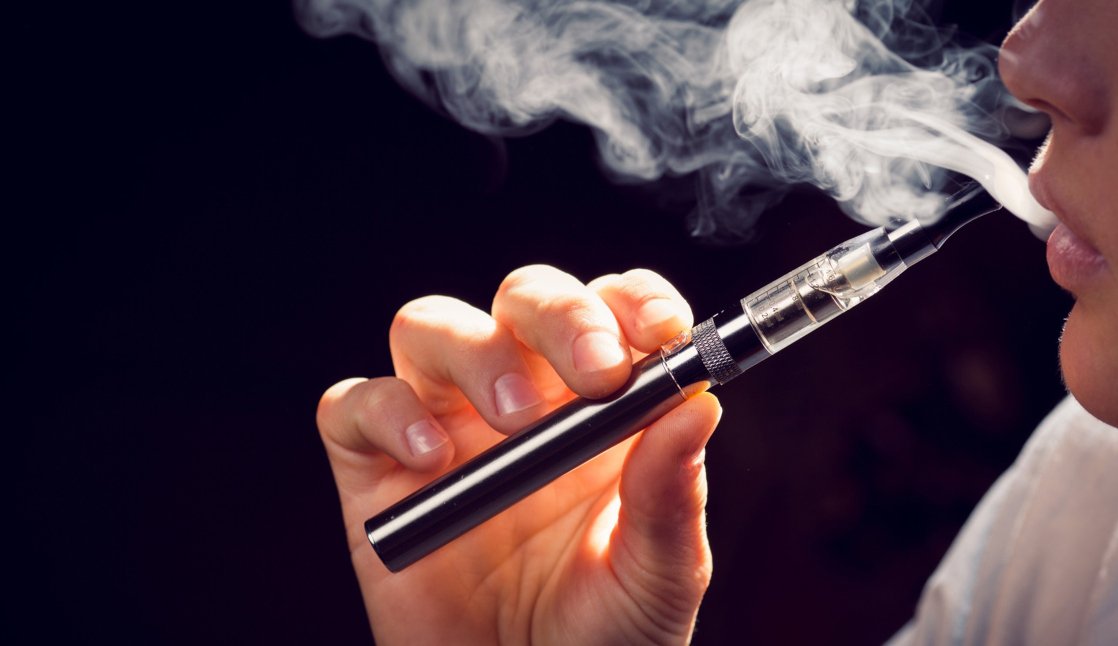
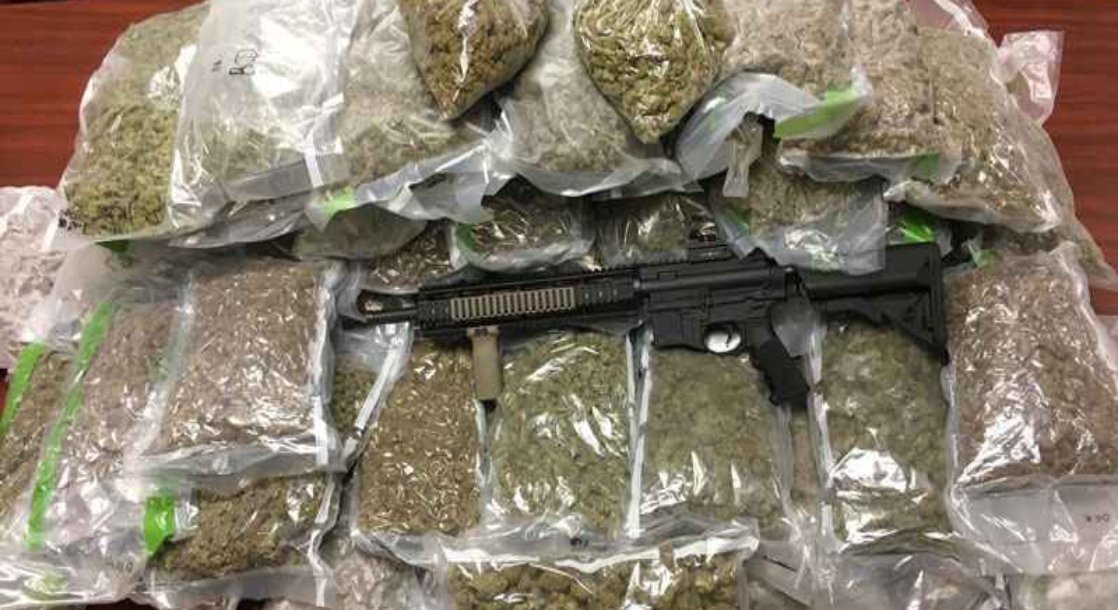
Recent Comments